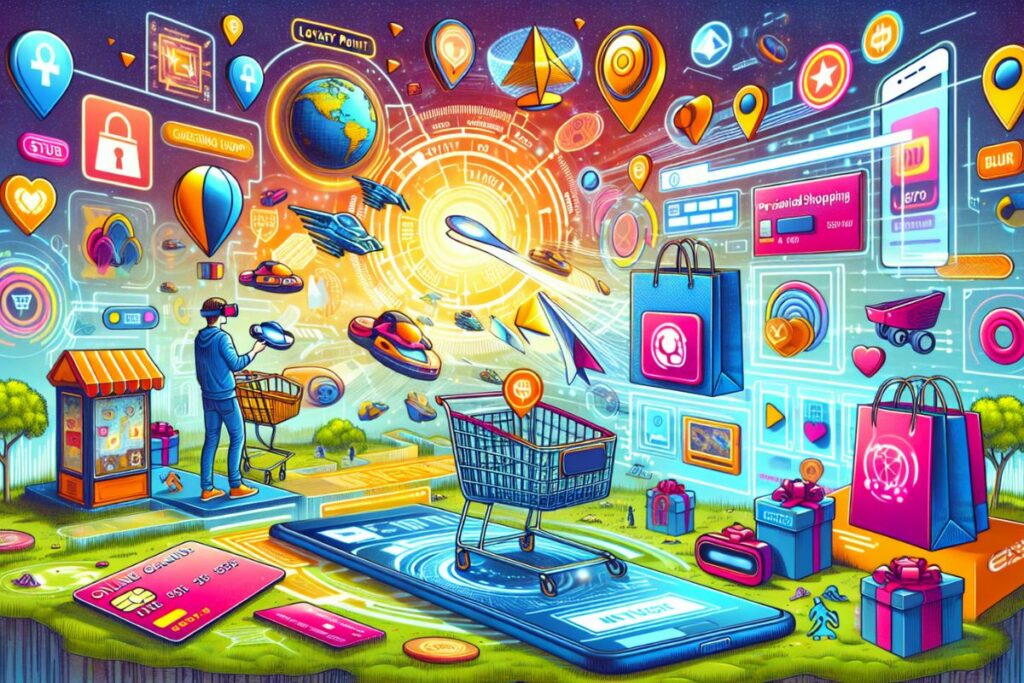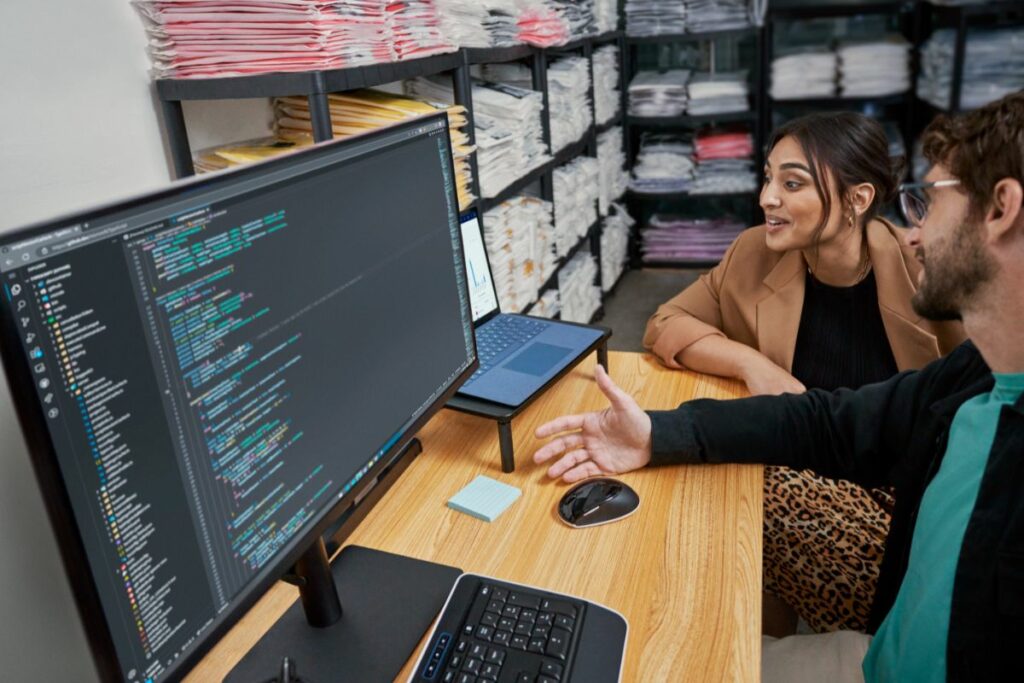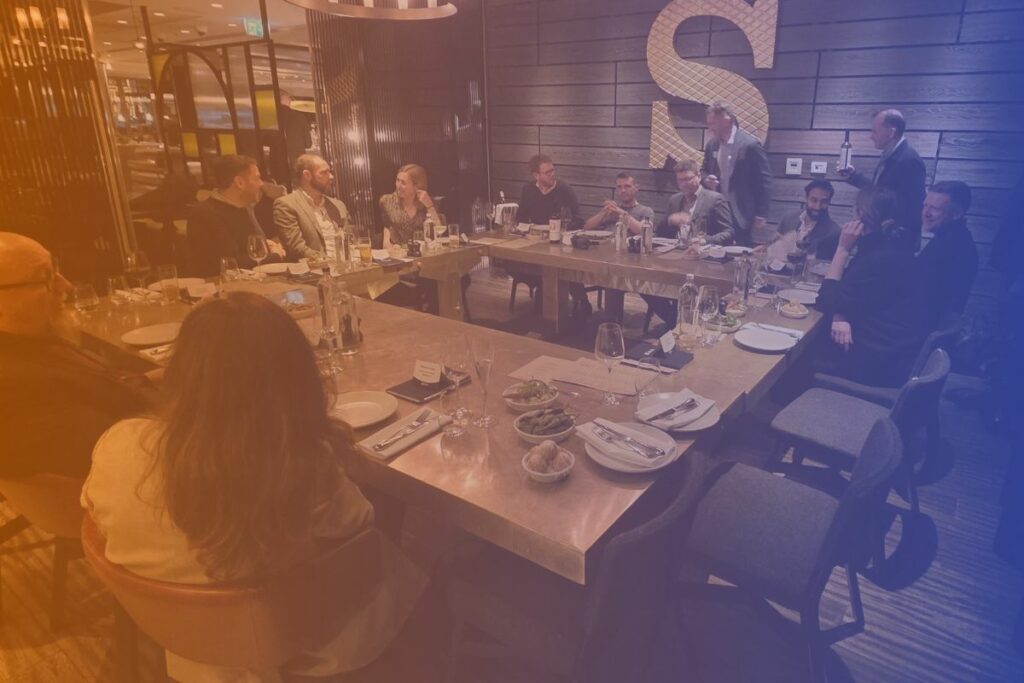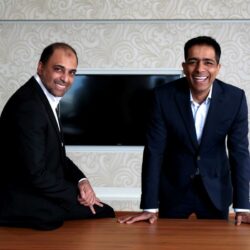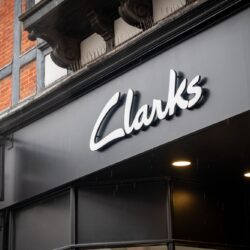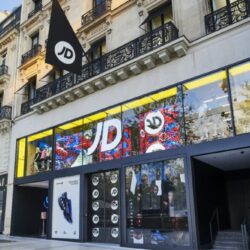- What is your role at Ensono and how do you help retailers?
I am an Advisor at Ensono. We offer both strategic and operational advice and guidance to retail organisations as well as supplying research and data to our clients to help them make effective technology decisions that will help them reach their target business goals and outcomes. Every retailer is different, with different needs and expectations. Our job is to provide the expertise and guidance that allows them to utilise technology in the most effective and efficient way.
- When it comes to digital transformation, where do traditional retailers most need to improve and focus their investment?
I think the biggest challenge is still the effective operation of online businesses, especially in a hybrid organisation that has both ‘bricks and mortar’ and ‘clicks and mortar’. Too often the online forays become very focussed on the clicks and forget the mortar element – that is, selling is actually relatively straightforward, but the logistics behind the selling are highly complex and often built on legacy foundations. There needs to be continued investment in connecting the front-end user experience with the back-end logistics. Much has been said and much money invested in the customer experience of choosing and buying. We now need to extend this to the whole experience – baskets will be abandoned if the online experience is poor, but customers will also abandon a retailer after this if the overall transactional experience is poor.
- What do you think will be the biggest consumer trend in 2023 and how can retailers capitalise?
Customers are buying more and more from organisations that have social and environmental values that they can demonstrate. Good technology alone is not enough for many customers. They want evidence of commitment to ESG initiatives and values, and they want to spend their money with organisations that they can identify with. Just having a policy is not enough, now it is time for commitment and to show how that commitment manifests itself. One important element of this is the upcycling market. Many people are looking to resell items which have led to a burgeoning pre-loved market, but if original retailers were to connect to this market there could be some interesting dynamics to explore. There would also be logistical challenges to make this a consistently good experience for customers, but this can be achieved through connecting the dots in the other technology areas referenced previously.
- Where is the biggest opportunity in digital for retailers in the year ahead?
There is an enormous opportunity to bridge the gap between generations with regard to retail behaviour. During the pandemic, people of all ages were driven online, but the end of restrictions means that large numbers of boomers and Gen-X are reverting to older habits of in-person shopping. Of course, shopping on the high street is a crucial part of the retail experience for many people, but it is one that could be transformed through technology. Perhaps one of the greatest opportunities is bringing the digital experience into the stores. Physical sites could become hybrid stores where you can see and touch and feel items, while still clicking to order and have them delivered from central hubs which allow for maximising digital efficiency whilst accepting the need for stores for those wanting them. The technological components of such experiences aren’t necessarily new, but it is not widespread and could be a great new opportunity.
The challenge that exists in making this model work is connecting new digital technology to the backend logistics. As the front-end digital technology evolves to fully embrace virtual reality and other forms of reality, the connections with the backend logistics will also become ever more complex. As with the currently successful digital retailers, those that succeed are those that build the complete customer journey from browsing to successful return.
- At a time when many retailers are cutting budgets, where would they wise to spend in the year ahead?
Significant improvements in technology infrastructure doesn’t have to come with enormous spending. As retailers cut budgets it is understandable that many are looking to more cost-effective ways of improving processes and technology.
The key to improving standards while reducing costs is using what you already have effectively and investing in the small things that join the dots between modern technology and legacy infrastructure drivers growth, resilience and efficiencies across the organisation. Too often this connection has been viewed as too difficult and so the master plan has been to sweep out the legacy. That’s expensive and just creates a new legacy.
Organisations should examine what they already have. Much of it will still works, but will be sitting in siloes. It’s about joining the siloes, connecting processes, and using them to provide customers with a truly seamless experience from selection to purchase, through delivery and returns.
- What retailer do you most admire from a digital perspective and why?
Next is a great example of how a core retail engine can run successfully on a mainframe. It works, it has always worked and is expected to keep on working.
They invest their time, effort, and money into the customer experience, both online and in-store. Their online selection and purchasing elements are seamlessly connected to their ‘legacy’ operating systems. These systems are bullet-proof, scale up for sales events, scale down for normal trading. They organise, select, pick, despatch, return, monitor, manage and control the millions of items across the stores and warehouses and provide a seamless operational element that the customer never sees.
Although the customer never sees these systems, they probably create more customer happiness than any of the front-end systems because they underpin Next’s entire operation, ensuring goods are delivered quickly and accurately and that returns are simple to process. They are a great example of a retailer who has mastered the fundamental connections between a complex front end experience and backend mainframe logistics, something many organisations can learn from.
Click here to sign up to Retail Gazette‘s free daily email newsletter



